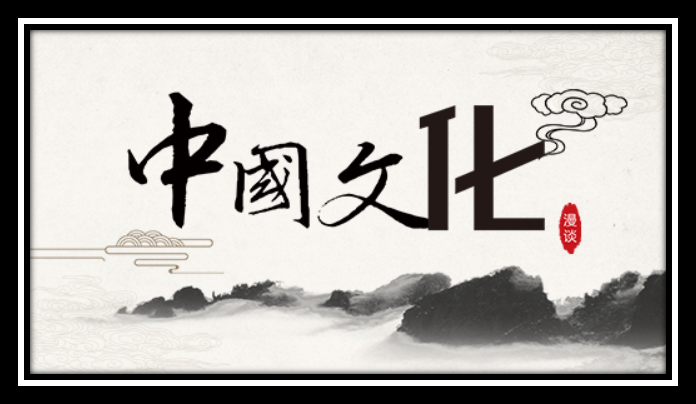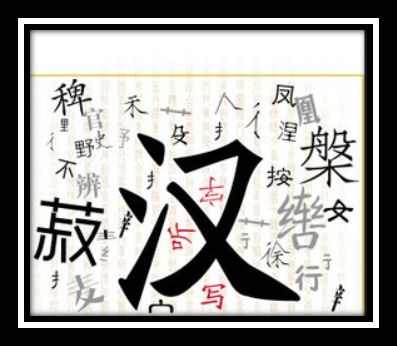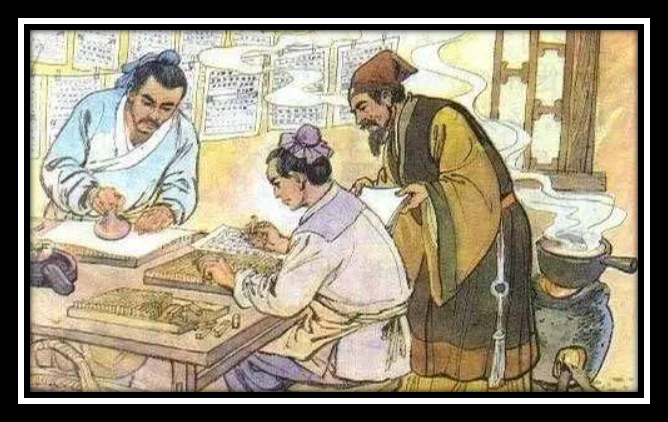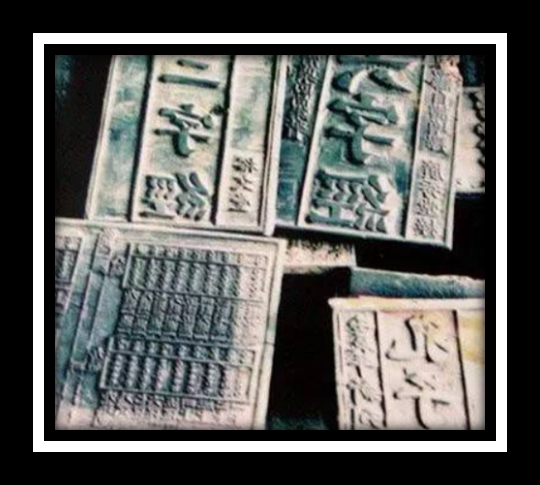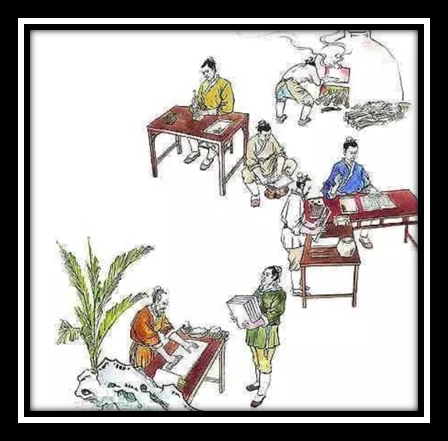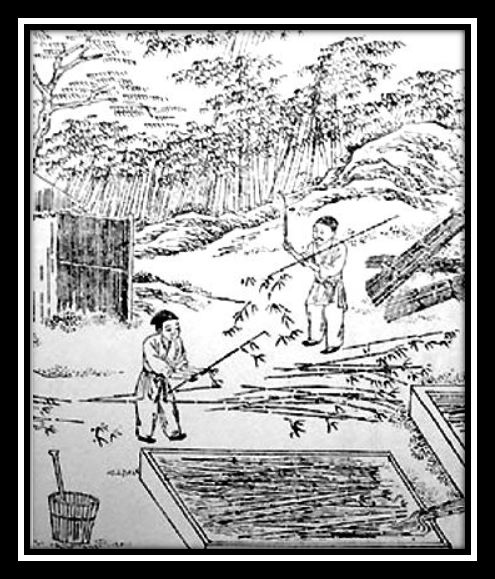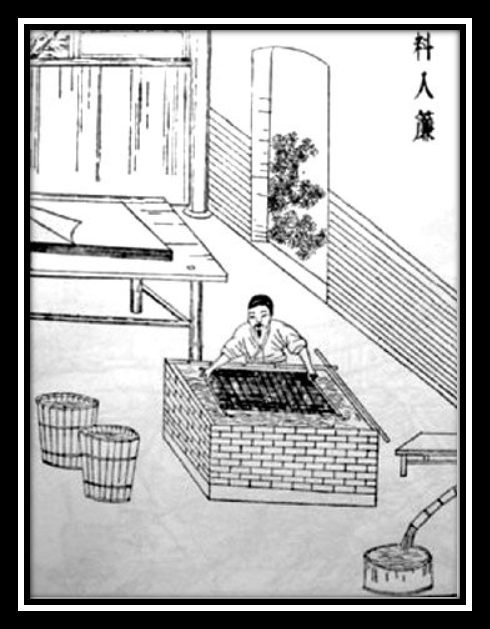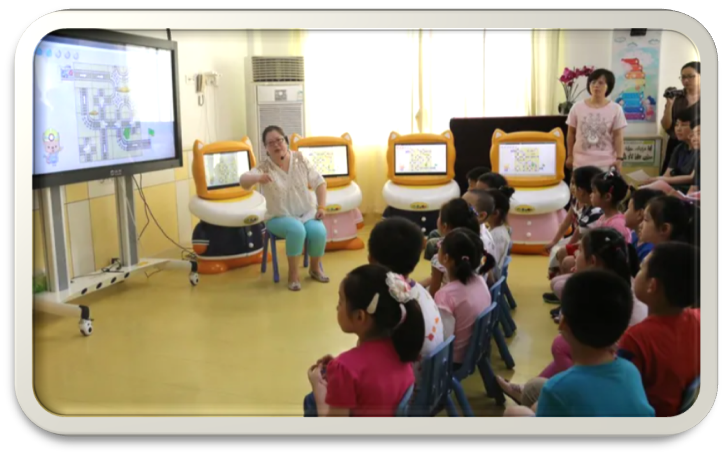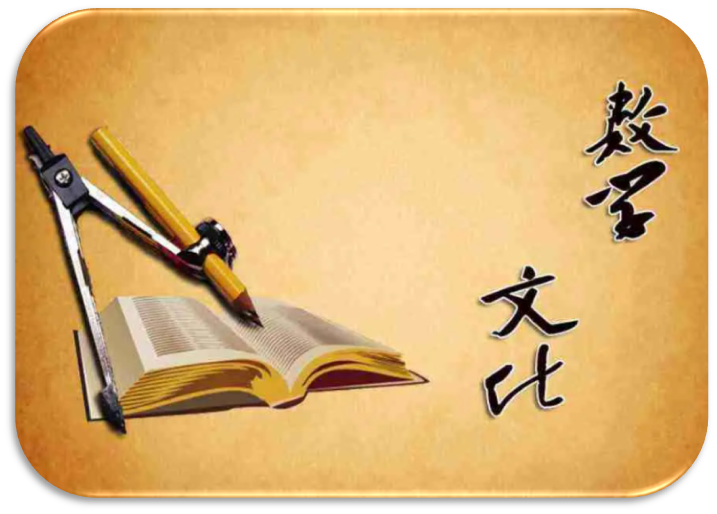Gunpowder is one of the four greatest inventions of ancient China, let’s step into the journey behind gunpowder and fall in love with Chinese, learn Chinese, and learn about private Chinese lessons.

Gunpowder is one of the four great inventions of ancient China, which can burn rapidly and regularly under the action of appropriate external energy, and at the same time generate a large amount of high-temperature gas substances.
In the military, it is mainly used as the propellant of guns and artillery shells and the propellant of rockets and missiles and other driving devices of energy, and is an important part of ammunition.
An outstanding achievement in the history of human civilization. Gunpowder is its lethal and deterrent power, bringing mankind the role of stopping wars and security defense, and has become one of the important inventions of human civilization.
Gunpowder, a substance that undergoes a chemical reaction in the form of deflagration or explosion, was invented by Chinese alchemists. In the 7th century AD, the earliest record of gunpowder was recorded in the Dan Jing written by the medical scholar Sun Simiao.
Gunpowder was introduced to Arab countries in the 12th and 13th centuries, and then spread to Europe and the rest of the world.
Gunpowder in the Tang Dynasty: fire attack is a common offensive method used by military experts, at that time, in the fire attack, a weapon called a rocket was used, which was tied to the arrow some flammable substances such as grease, rosin, sulfur, etc., lit and shot out with a bow to burn the enemy’s position.
If gunpowder is used instead of general flammables, the effect is much better. Before the invention of gunpowder, siege and defense of cities used a stone throwing machine to throw stones and grease fireballs to destroy the enemy.
After the invention of gunpowder, stone throwing machines were used to throw powder packs instead of stone and grease fireballs. According to Lu Zhen’s “Records of the Nine Kingdoms” of the Song Dynasty, during the reign of Emperor Tang (10th century), Zheng Wang Fan led an army to attack Yuzhang (present-day Nanchang, Jiangxi), “sending a fire” and burning down the city’s Longshamen.
This is probably the earliest record of a siege of a city with gunpowder. Gunpowder in the Two Song Dynasty: In the Two Song Dynasty, gunpowder weapons developed rapidly.
According to the “Song Shi Bingji”: In 970 AD, the military department ordered Shi Feng to promote the rocket method, which is to tie the powder cartridge at the front end of the arrow shaft, and then use the reaction force of the gas ejected by the gunpowder combustion to shoot out the arrow cluster, which is the world’s earliest jet firearm.
In 1000 AD, Tang Fu, a soldier-turned-captain of the Divine Guard, presented rockets, fireballs, fire tribulus terrestris and other firearms he made to the Song court. In 1002, Shi Pu, the training envoy of the Jizhou regiment, also made rockets, fireballs and other firearms, and performed them.
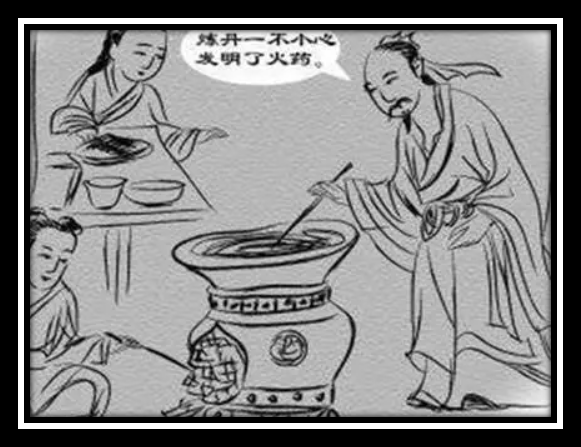
The emergence of gunpowder weapons on the battlefield heralded a series of changes in military history. Transition from the use of cold weapons to the use of firearms. Gunpowder is applied to the first forms of weapons, mainly to take advantage of the burning properties of gunpowder.
Engels spoke highly of China’s first use in the invention of gunpowder: “It has now been undoubtedly confirmed that gunpowder was transmitted from China through India to the Arabs, and then by the Arabs and gunpowder weapons through Spain and into Europe.” “The invention of gunpowder greatly advanced the process of historical development and was one of the important pillars of the European Renaissance.
I was deeply impressed by the wisdom of the ancients! Chinese culture is vast and profound, interested children can try our private Chinese lessons, where we have a dedicated teacher one-on-one customized service.
Children can ask questions in the Q&A area in the private Chinese lessons if they don’t understand anything. I hope that the children’s Chinese learning journey can be easy and enjoyable, and I look forward to meeting you~





